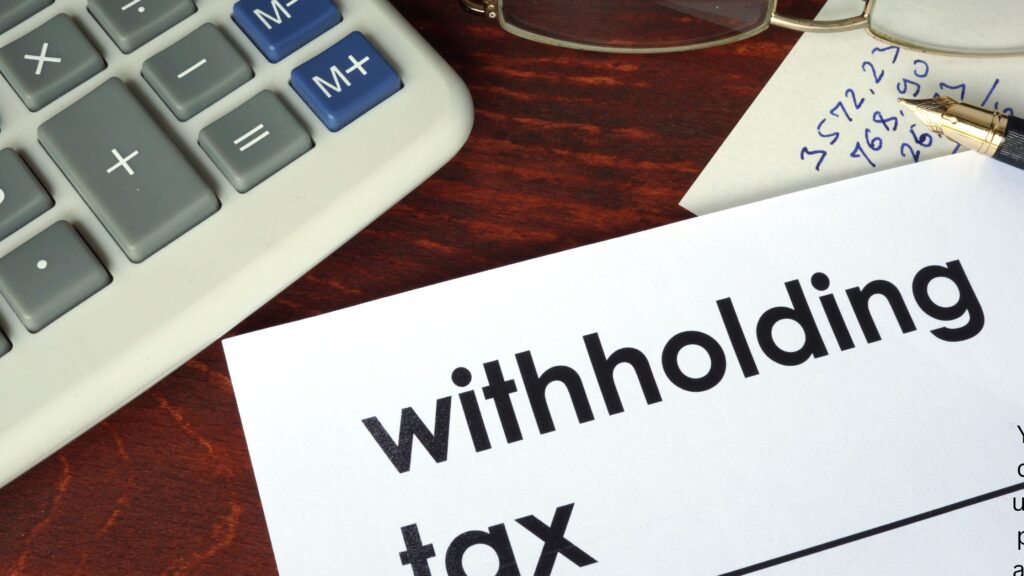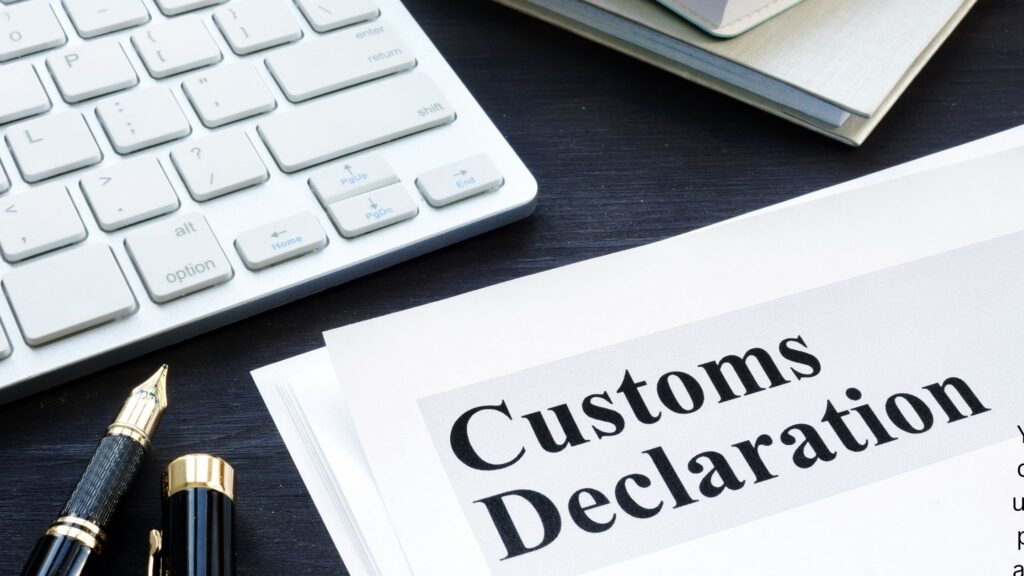Discover the psychology behind impulse buying and five practical steps to regain control over your spending habits. Say goodbye to buyer’s remorse!
Hey there!
In a world filled with financial challenges and temptations, mastering our spending habits is more critical than ever. That’s why this edition is dedicated to tackling the elusive art of impulse buying. We’re diving deep into the psychology behind it and equipping you with practical strategies to regain control of your finances.
If you’ve ever found yourself clicking “Buy Now” on something you hadn’t planned to purchase or looking for ways to curb impulse purchases, this newsletter is tailor-made for you.
So, grab a cup of your favorite beverage, settle in, and let’s embark on a journey to transform your shopping instincts.
The Temptation of Impulse Buying: A Common Conundrum
If you’ve ever indulged in a little retail therapy in the past couple of years, you’re not alone. Many of us have been there. It’s that irresistible urge to fill a virtual shopping cart or grab an extra item from the store shelf. Why is it so hard to resist this allure?
Impulse buying—it’s a trap most of us have fallen into at some point in our lives. That momentary thrill of adding an item to the cart and hitting the purchase button can be exhilarating. But what lies beneath this impulsive behavior, and why is it so hard to resist?
Understanding Impulse Buying: A Deeper Dive
What is Impulse Buying?
In its simplest form, impulse buying is the act of purchasing something you hadn’t planned to buy. Those extra items sneak into your shopping cart when you least expect it. We’ve all been there—entering a store with a clear shopping list only to leave with a handful of unplanned items.
The Psychology of Impulse Buying
Why do we buy impulsively? It’s not just about satisfying a fleeting desire; there’s a psychological element at play. Fast forward a year later, and you might realize you’ve become addicted to the feeling of filling a shopping cart and either abandoning it or hitting the buy button. It’s all about that rush of serotonin—a quick fix for our mood.
According to a survey conducted in 2022, consumers in the United States spent an average of over 300 U.S. dollars on impulse purchases each month. Can you say relatable?
The Impulse Buyer’s Profile
Do you fit the profile of an impulse buyer? Explore the three common traits often associated with impulse buying:
- Sensation Seekers: These individuals buy to experience and often don’t consider the risks of spending beyond their means.
- Those With Impulse Buying Tendency: They tend to buy impulsively, plain and simple. It’s a trait they’re likely aware of but don’t always see as a “problem.”
- Consumer-Driven Self-Identity: For many, self-identity is deeply tied to their purchases. Whether it’s fast fashion or high-end brands, what you buy can define who you are in terms of style, status, or perceived good taste.
The Retailer’s Toolkit: How They Lure You In

Ever wondered why it’s so hard to stick to your shopping list? Retailers have honed their strategies to perfection, skillfully tapping into our emotions and instincts. Whether you’re shopping in-store or online, they have tactics that make it tough to resist that extra purchase.
In-Store Strategies:
- The Power of Atmosphere: Retailers use music and ambiance to create an irresistible shopping environment, making you want to stay longer and buy more.
- Seductive Signage: Bold signage triggers positive emotions and nudges you toward additional purchases.
- Checkout Line Surprises: Those last-minute “bonus” items at the checkout counter aren’t there by accident—they’re strategically placed to boost sales.
- Discount Temptations: Price markdowns and discounts make it hard to resist grabbing a little something extra.
Online Retailer and Advertiser Tactics:
- The Power of Personalization: When you browse the internet, your online behavior leaves a trail of data. Advertisers capitalize on this by using your browsing history and online interactions to tailor their offerings to your specific interests and desires. Ever searched for a wool cardigan and then seen ads for wool cardigans everywhere you go online? That’s personalization in action. While this can be helpful at times, it can also be overwhelming and lead to impulsive purchases.
- Email Allure: Email marketing is a powerful tool in the world of online shopping. Retailers send out enticing emails featuring product recommendations, discounts, and limited-time offers. These emails are designed to grab your attention and encourage you to click through to their websites and make a purchase. The fear of missing out (FOMO) on a great deal can be a strong motivator for impulse buying.
- Influencer Magic: Influencers have become a driving force in the world of online shopping. These individuals build loyal followings and are often seen as trusted sources of product recommendations. When influencers showcase a product in their content, it can create a sense of urgency and desire among their followers. Many shoppers are swayed by the perceived authenticity of these endorsements, leading to impulsive purchases based on trust in the influencer.
- The Abandoned Cart Reminder: Have you ever added items to your online shopping cart but then left the website without completing the purchase? Retailers know this happens frequently, and they use abandoned cart reminder emails to bring you back. These emails often include incentives like discounts or free shipping to entice you to complete the purchase. The sense of urgency created by these reminders can lead to impulsive buying decisions.
- Free Shipping: Online retailers often use free shipping as a psychological trigger to encourage more spending. They set minimum purchase thresholds to qualify for free shipping, nudging you to add more items to your cart to meet that threshold. Even if you initially had a single item in mind, you might end up adding more to avoid shipping fees, resulting in impulsive purchases.
Recognizing the Signs of Impulse Buying
How do you know if you’re caught in the web of impulse buying? Look out for these common signs that suggest it’s time to rethink your shopping habits:
- Shopping to Feel Better: Turning to shopping when feeling down can become a habit. If it’s a frequent go-to solution, it’s a sign.
- Shopping to Compete: Buying just to keep up with others, especially when it doesn’t align with your true values.
- Boredom Shopping: Shopping out of boredom can become an addictive behavior. If you find yourself doing it often, it’s time to break free.
- Financial Stress: Stress-induced spending can lead to more anxiety and financial problems. Check if you’re repeatedly using spending as a coping mechanism.
- Excessive Accumulation: If your space is filled with duplicates and unused items, you may be an impulsive buyer. Assess whether you genuinely need what you’re accumulating.
5 Practical Strategies to Stop Overspending
The good news is that you can regain control of your finances and conquer the impulse-buying beast. We’re sharing five effective strategies to help you curb those impulsive tendencies:
1. Avoid Typical Temptations: Take control of your digital environment by unfollowing or muting tempting brands, unsubscribing from marketing emails, and more.
2. Create “Fun” Budgets: Allocate a budget for indulgent purchases, ensuring you enjoy your hard-earned money without falling into debt.
3. Save for “Big” Items: Instead of impulsive purchases, create a savings plan for larger items, giving you time to reconsider their necessity.
4. Give It 24-48 Hours: Delay the purchase decision to see if the desire lingers. Often, that irresistible item loses its charm after a day or two.
5. Create No-Spend Challenges: Challenge yourself to spend less or nothing for a set period. It’s fun to break bad spending habits and rediscover what truly matters.
In Conclusion
In a world that constantly encourages us to spend, we hope this edition of the SimplVest Newsletter serves as a reminder that you hold the power to make choices that align with your values and long-term goals. By understanding the psychology of impulse buying and adopting practical strategies, you’re taking a significant step toward financial freedom.
So, as you navigate the world of temptation and spending, remember that every purchase is a choice. Choose wisely, and may your financial journey be filled with empowerment and newfound freedom.
Cheers!
Disclaimer: The content provided in this newsletter is for informational purposes only and should not be construed as financial advice. Please consult with a qualified financial advisor before making any significant financial decisions.












